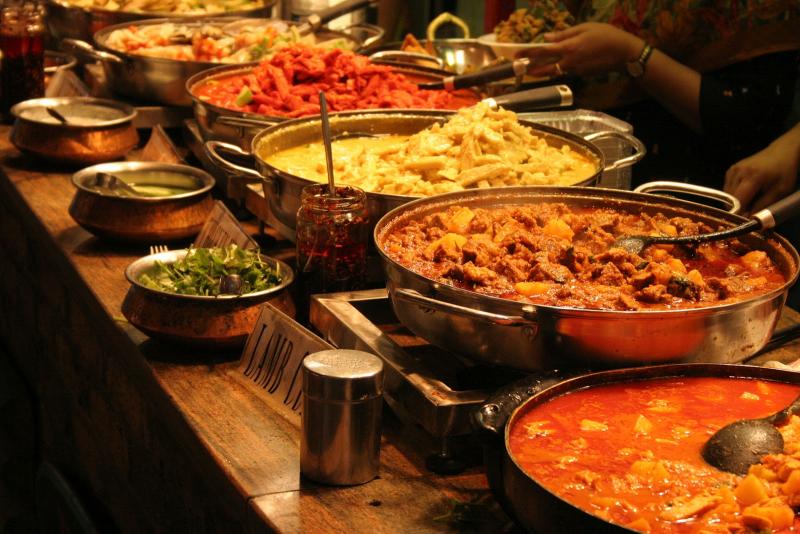
The Flavours of India
By Hayley Newnes
Indian cuisine is all at once intense and aromatic. Intensely more appealing than your favourite take away dishes, authentic Indian food is the culmination of 5,000 years’ worth of history and influence – and nothing can ever taste as good as local recipes that follow years of mouth-watering tradition.
India spans a multitude of climates, terrains and soil types, as the mountains of the north give way to expansive deserts, salt marshes and rolling plains. This diverse geography has a direct effect on the kinds of food each region produces and the herbs and spices available, so you would need to travel right across the country in order to sample the full spectrum of tastes and flavours on offer. In north India, diet consists of many dairy products such asghee (clarified butter) and yoghurts. Eastern cuisine is particularly well known for deserts, whilst southern cooks are known for their fondness for snacks. In the west, the cooking styles can be broken down into a further four groups; Rahasthani (milk is used in cooking, rather than water) Gujarati (primarily vegetarian) Maharashtrian (a predominance of wheat and rice) and Goan (the tropical climate results in intense spice and flavours.)
This diversity is not simply the product of different regional differences; throughout history, Indian cuisine has been influenced by many groups and cultures. Foreign invasions, trade relations and colonialism have all played their part in introducing different foods to the country; for example, the potato (now a staple of Indian cooking) was first introduced by the Portuguese, who also brought chillies and breadfruit. Later in history, the Mughals and the British Empire added to the already diverse range of Indian flavours. Indian cuisine has also had its own far reaching influence on the world; the Spice Trade had a direct impact on Southeast Asian, British and Caribbean cooking. Darjeeling tea, first grown in West Bengal in 1841, is now lauded and loved around the world.
Indian food is beautifully simplistic. Staples of the cuisine include vegetables, rice, a variety of pulses such as dhal (split lentils) and channa (chickpeas) and a range of exotic spices including cumin, mustard seeds, chilli and turmeric to add colour and flavour. Traditionally, Indians do not use cutlery and instead use flatbreads such as chapati or naan to scoop up the curry with their hands. Following suit is a technique that may require thorough practise, but it is undoubtedly the best way to enjoy this delectable cuisine.
Share this article:




















